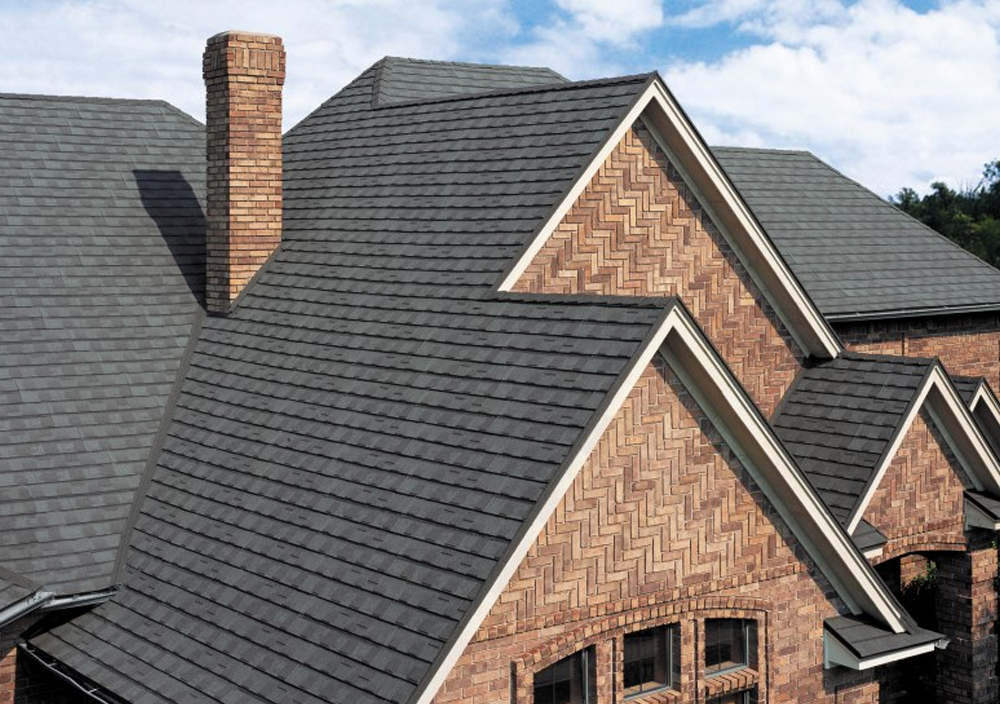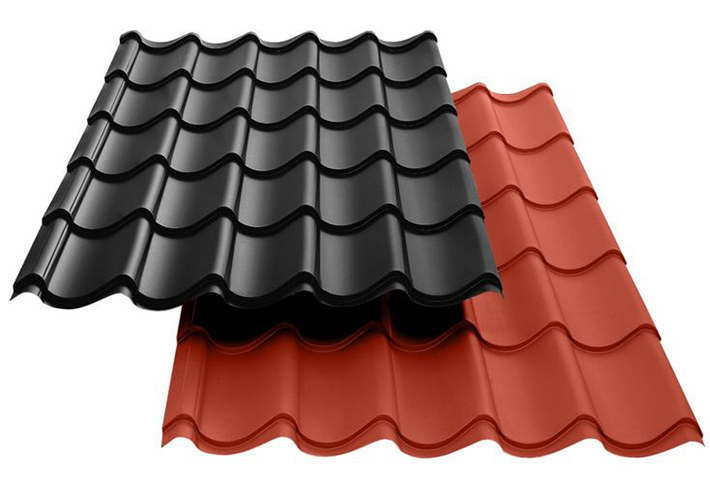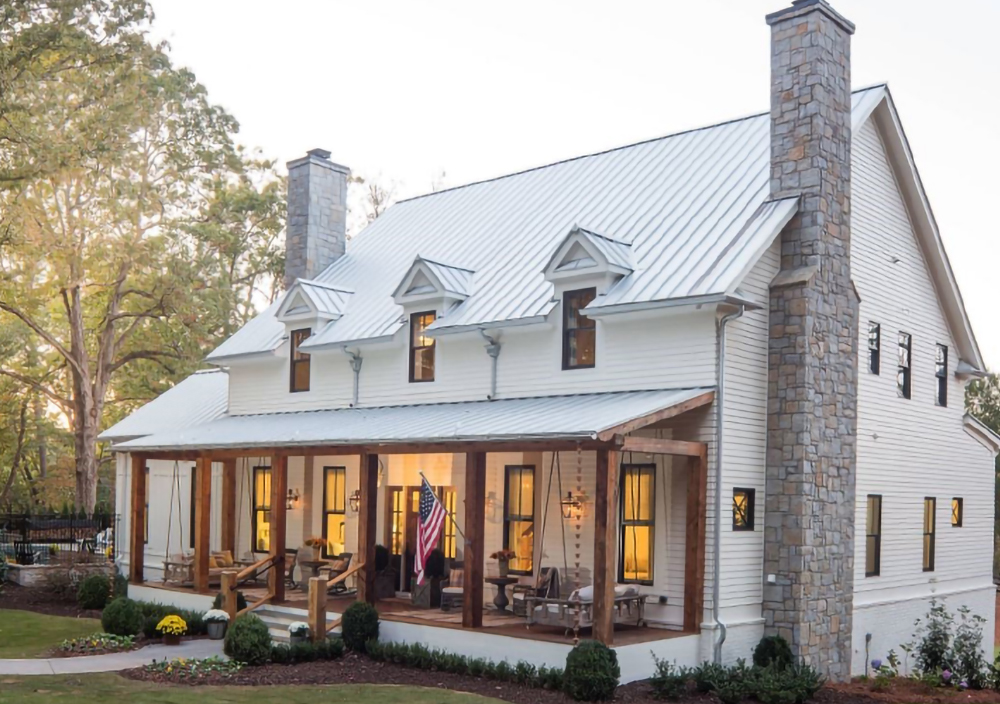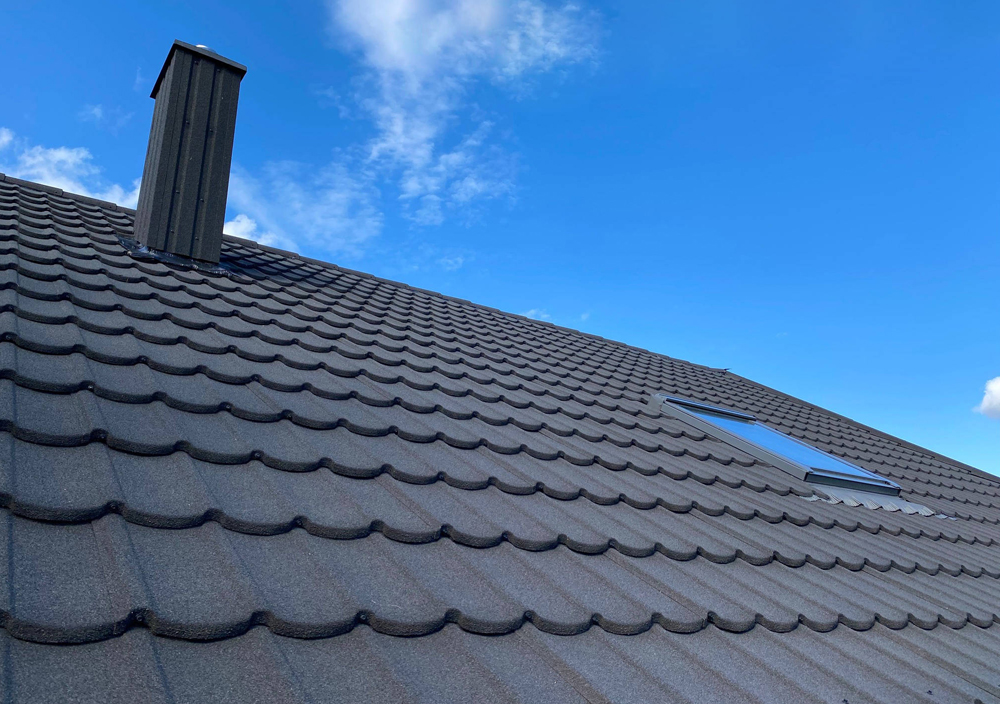In the building materials industry, “J.de.P.” stands for “Joint de Placement” in French, which translates to “placement joint” or “expansion joint” in English. This term refers to a specific type of joint used in construction to allow for movement due to thermal expansion, contraction, or other forces, preventing cracks and structural damage. Expansion joints are crucial for maintaining the integrity and durability of buildings and structures.
Joint de Paroi (J.de.P.)
Definition:
- A “Joint de Paroi” refers to the joints or seams between wall panels or sections in a construction project.
Purpose:
- Movement Accommodation: Allows for the natural expansion and contraction of materials due to temperature changes, humidity, and other environmental factors.
- Structural Integrity: Helps maintain the structural integrity of a building by preventing cracks and other damages that can occur from rigid connections.
- Sealing: Provides a seal to prevent the passage of air, water, and other elements, enhancing the building’s insulation and waterproofing.
Types:
- Expansion Joints:
- Designed to absorb the expansion and contraction of building materials.
- Common in large structures such as bridges, highways, and high-rise buildings.
- Control Joints:
- Placed at predetermined locations to control where a crack will occur due to shrinkage or other stresses.
- Common in concrete and masonry construction.
- Construction Joints:
- Occur where two successive placements of concrete meet.
- Provide a structural connection while allowing for some movement.
- Isolation Joints:
- Separate or isolate different sections of a structure to allow independent movement.
- Often used around columns, walls, and footings.
Materials:
- Joints can be made from various materials including rubber, metal, plastic, or a combination, depending on the specific requirements of flexibility, durability, and environmental resistance.
Applications:
- Concrete Walls: Control joints in concrete walls prevent random cracking.
- Precast Panels: Joints between precast concrete panels ensure structural cohesion and aesthetic uniformity.
- Drywall: Joints in drywall need to be taped and finished to create a smooth surface.
Installation Considerations
- Location: Proper placement of joints is critical for their effectiveness. This is often determined by engineering specifications.
- Width: The width of the joint can vary depending on the expected movement and the material properties.
- Sealants: Joints are often filled with sealants to maintain their functionality and aesthetic appeal. The type of sealant used depends on the exposure conditions and the material of the adjoining surfaces.
Understanding the role and implementation of “J.de.P.” in building materials ensures that structures can accommodate natural movements without compromising their integrity and performance.





